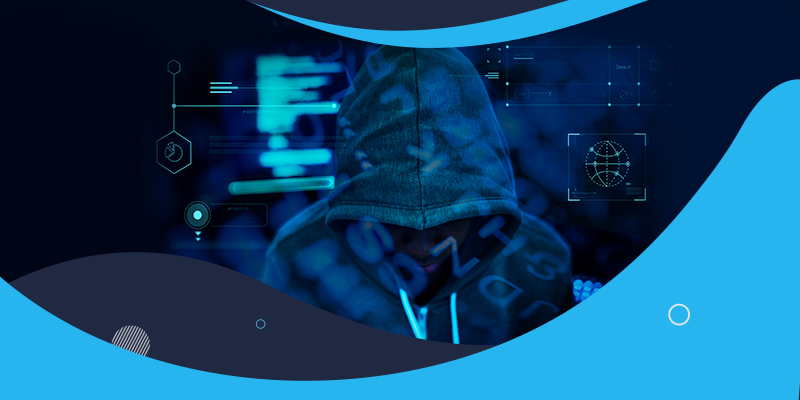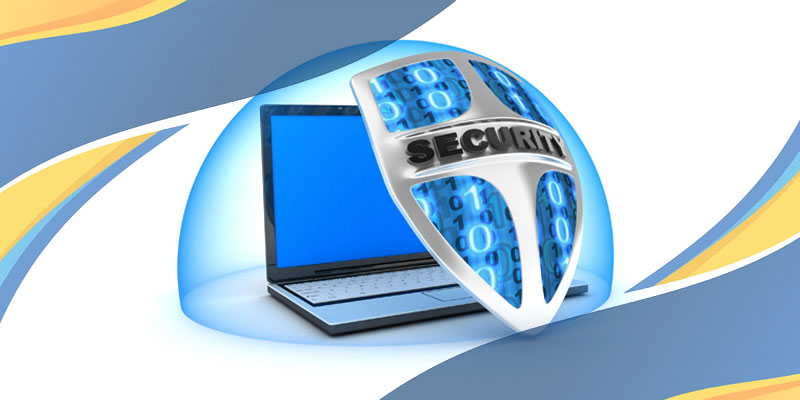
You must be using the internet to make payments online. So, it is in your best interest to know all those possible ways to secure and protect all your financial information available online from phishing. The term phishing is used when the attackers target your system to steal the data such as confidential information and financial details that are stored online.
The most common techniques followed for phishing attacks are social networking sites such as SMS and email to install the malware in your system to get the login and credit card information. So, to keep in mind your safety, we have discussed common phishing techniques to give valuable insight for your protection on the internet.
Here are the most common phishing attack techniques used by the attackers:
Spoofed Email Mechanism
Here, hackers target the victim by sharing an attachment or email containing a malicious document that seems a legitimate link to any ordinary person. However, they send the virus using the content in the mail body to share the same virus into your system. The objective behind this tactic is to open or respond to the mail by the user.
Hidden Text In Phishing Emails Technique
Sometimes, attackers use malicious hidden code in the back-end text or links discreetly, which the laymen can't identify. Hence, open the emails only from credible usernames and rapport the others.
Smishing Mechanism
In this technique, hackers send malicious links via SMS to redirect you towards fake websites to steal your important information. The main purpose behind the malicious link is to install the malicious app automatically in the targeted user's system.
Mail With Attached Encoded Script Document
Hackers send the encoded script, which is difficult to read by regular users. This encoded script is recognized only after decoding the code. A malicious link is mentioned somewhere in the encoded code by the attackers to track the details. Apart from this, there can be a script document containing encoding or obfuscation to clear the security filters to gain access to your personal computer.
What Happens If You Fall For The Phishing Attack?
If a person clicks on the phishing link from any source, that can be a mail or SMS. This would redirect you to the fake page that looks similar to the legitimate ones to ask for your personal information. Adobe doesn't need your email and password when you visit their website to understand better. Sometimes, malicious PDF files like download files are sent by hackers to get your personal information.
Mainly, in the case of spear or whale phishing, targeted people are asked for their password only before redirecting to the legitimate page and not the email address that the hackers already embedded. Normally, it only accepts your entered password information to land you on the actual page of the website. However, attackers captured the traffic and sent the data to the phishing URL. In this process, the victim is clueless, and attackers harvest credentials.
How To Keep Yourself Secure And Protected?
Although there are ways to enter your system, you can always prevent phishing by using these helpful tips.
Email Sender Details
It is better to ensure your security by checking the source carefully. For that, you need to examine the sender's details, such as account information and email addresses. In this way, you can stop anyone from entering your system.
Links And Suspicious Attachments
Always double-check and verify the URLs links and domains, besides avoiding accessing irrelevant sites. In addition to this, you should confirm before clicking all the links and attachments as an internet user.
Content & Spelling Mistakes
You can stay away from phishing by carefully reading all the messages. In other words, it is better to give attention to the written content like language, grammatical errors, or format. By focusing on the content and spelling mistakes, you can also protect yourself from attackers.
Request For Personal Information
Ensure you don't share your personal information with any sites unnecessarily. First, validate the source before assessing any websites asking for your details.
Offers That Are Too Good To Be True
Before you click on any offers or deals, always make sure you refer to the authentic site. If something seems strange to you, that can be a trap. So avoid indulging in this kind of web to make a fool of yourself.
Antivirus Software For Phishing attacks
You need to follow instructions shared earlier, but extra precautions are always suggested to keep yourself secure. Thus, you can choose any best antivirus software that we share with you.
BitDefender Antivirus Plus
BitDefender is the best antivirus software to protect your system from phishing attacks because its paid version provides well-round protection to secure your details. BitDefender Antivirus Plus serves an array of security features, including ransomware prevention, web-based transaction, and password management by allowing separate passwords for everything. Besides, it also monitors all online purchases for your extra safety. Bitdefender is accessible for Windows, Mac, Android, and iOS.
BitDefender antivirus software is available in both free and paid versions. A free version allows you real-time detection, defense from advanced threats, web attack prevention, and anti-phishing protection. However, the paid version of BitDefender Plus includes secure payment of the financial transactions, vulnerabilities assessments, and multi-layer Ransome protection.
Norton 360 With LifeLock
Norton 360 with LifeLock is one of the top antivirus software available in the market. The PC maintenance features make this antivirus best for all windows computers.
It offers protection for PCs, including firewall and backup with excellent malware protection and password manager. Norton 360 with Lifelock guarantees your security from theft. Users have to pick the features based on their requirements as several versions are available. Norton 360 standard allows dark web monitoring, a VPN, and 100 GB of cloud backup.
But, it would be best if you kept these things in mind while choosing the Norton 360 as it slows down the computer speed during full scans. It is one of the most expensive Antivirus software compared to others for phishing attacks.
Webroot SecureAnywhere
Webroot SecureAnywhere is an excellent phishing detection and fast scanning ability specifically designed for Macs. Macs are equally vulnerable to malware, ransomware, or phishing attacks as our windows computers.
It is the best phishing software known for tight security scans, but this software boasts a very small footprint on your operating system. It provides an additional facility by offering an email address where Webroot alerts users for new threats. It is accessible for both Windows and Mac. But, it doesn't include a firewall for Mac users. Additionally, it offers SecureAnywhere products for antivirus apart from internet security for mobile devices and backup storage.
We have discussed the phishing attacks and the remedies one needs to take for internet safety. Further, we have shared the best antivirus software so that you can secure your information. You can always refer to our website Best Softwares Services for the latest updates related to the technology as we provide authentic information that is in your best interest.



